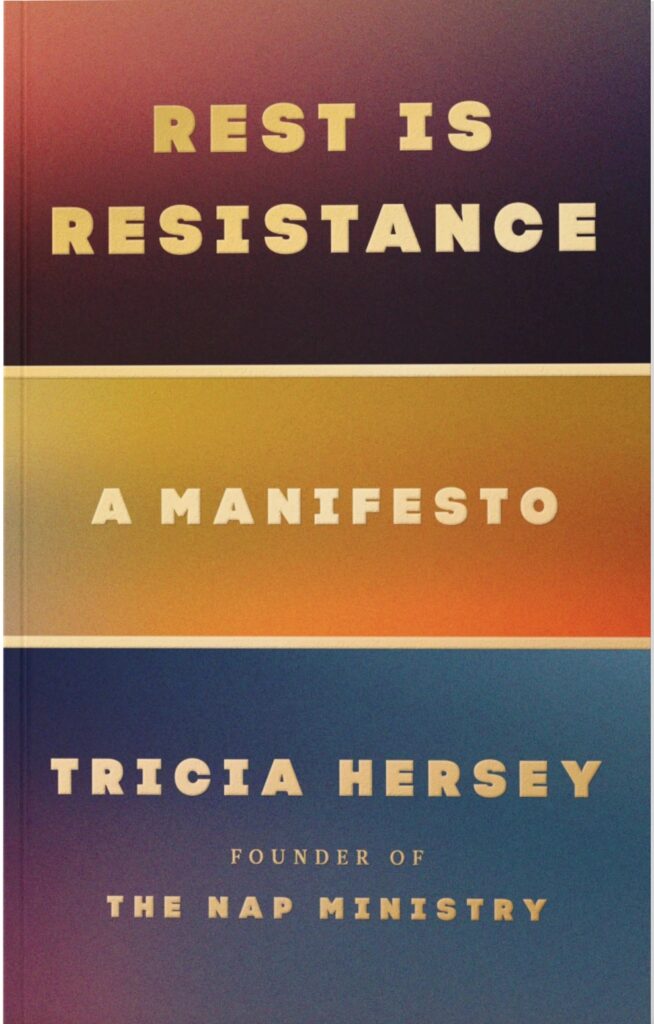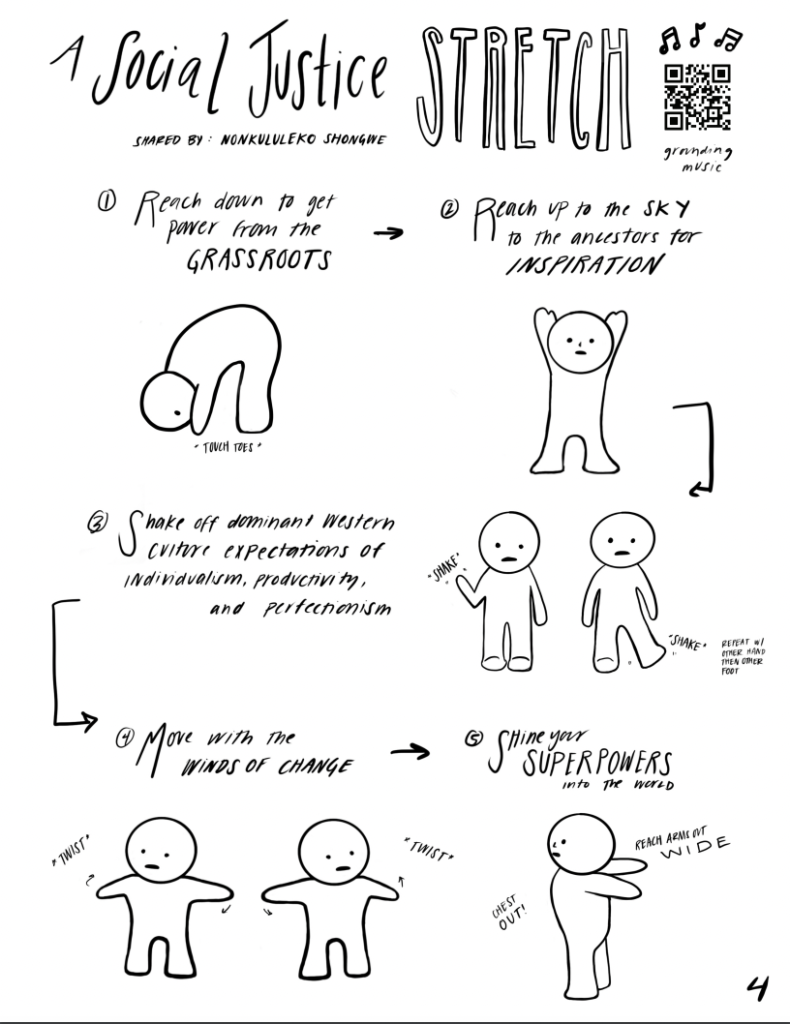Click here to access the full newsletter.
Dear AmazeWorks community,
As the year comes to an end, we experience fewer hours of daylight and colder temperatures. It’s as if the sky turns off the lights, encouraging an earlier bedtime and begging us to wrap ourselves in a blanket. The winter practically begs us to rest.
Nature listens. Bears go into hibernation. Squirrels spend more time in the trees, eating nuts they hid during the fall season. Deciduous trees drop their leaves to expend less energy.
But humans? Most of us stick to the same schedule, expecting the same energy levels from ourselves and each other as any other time of the year. We hold ourselves to the standards dictated by white supremacy culture that value work and productivity over rest and wellbeing. We don’t hibernate or drop our leaves. We don’t adjust our daily schedules with the rhythm of the seasons. We simply keep going.
So how can we embrace the winter and engage in rest? When we think about rest, we often think simply of physical rest–things like napping, sleeping, and sitting. According to Dr. Saundra Dalton-Smith, sleep is not enough for us to be well-rested. She outlines seven different types of rest.
On Rest
Rest Is Resistance: A Manifesto
Written by Tricia Hersey, Founder of The Nap Ministry

The Rest is Resistance framework centers Black liberation, womanism, somatics, and Afrofuturism. In her book, Tricia Hersey (also known as The Nap Bishop) explores the power of rest as a tool for liberation and rejection of white supremacy culture. She encourages readers to reevaluate their relationships with rest and productivity. This book and The Nap Ministry uplift a movement that centers wellbeing. “Rest Is Resistance is a call to action, a battle cry, a field guide, and a manifesto for all of us who are sleep deprived, searching for justice, and longing to be liberated from the oppressive grip of Grind Culture.”

Dr. Saundra Dalton-Smith differentiates between passive and active physical rest. Stretching is a form of active physical rest that has many benefits for your body. After long periods of sitting during our workshops, AmazeWorks often leads this Social Justice Stretch from Nexus Community Partners and shared by Nonkululeko Shongwe. While structuring moments of active physical rest into our workshops, this activity also invites reflection on the structures we participate in throughout our daily lives.